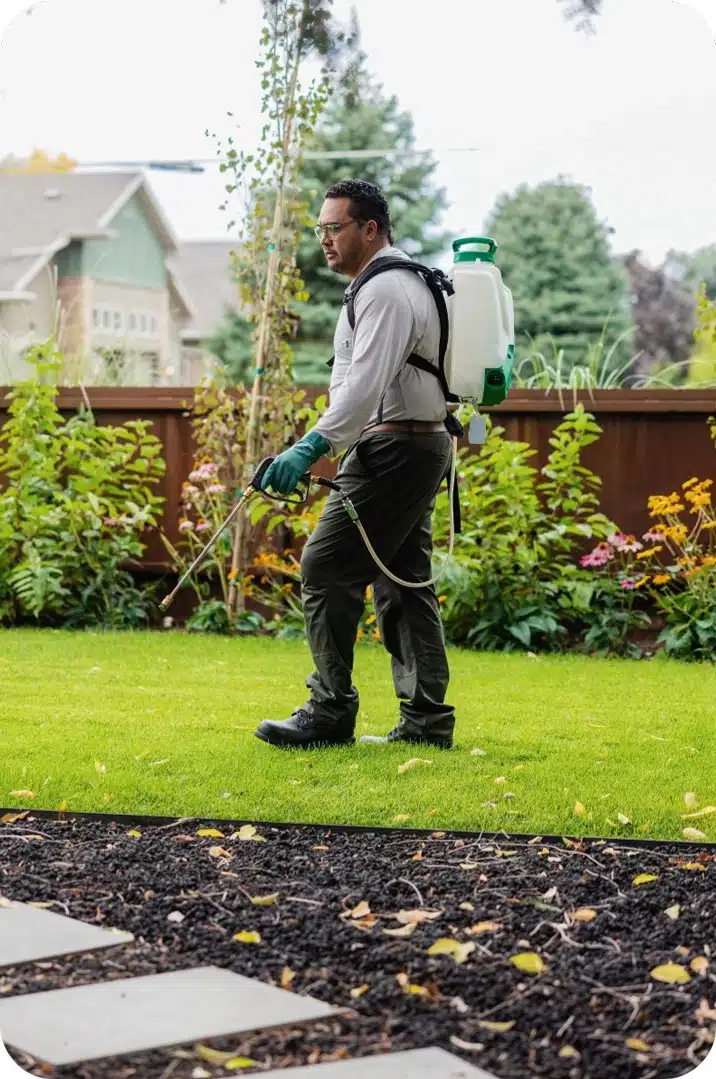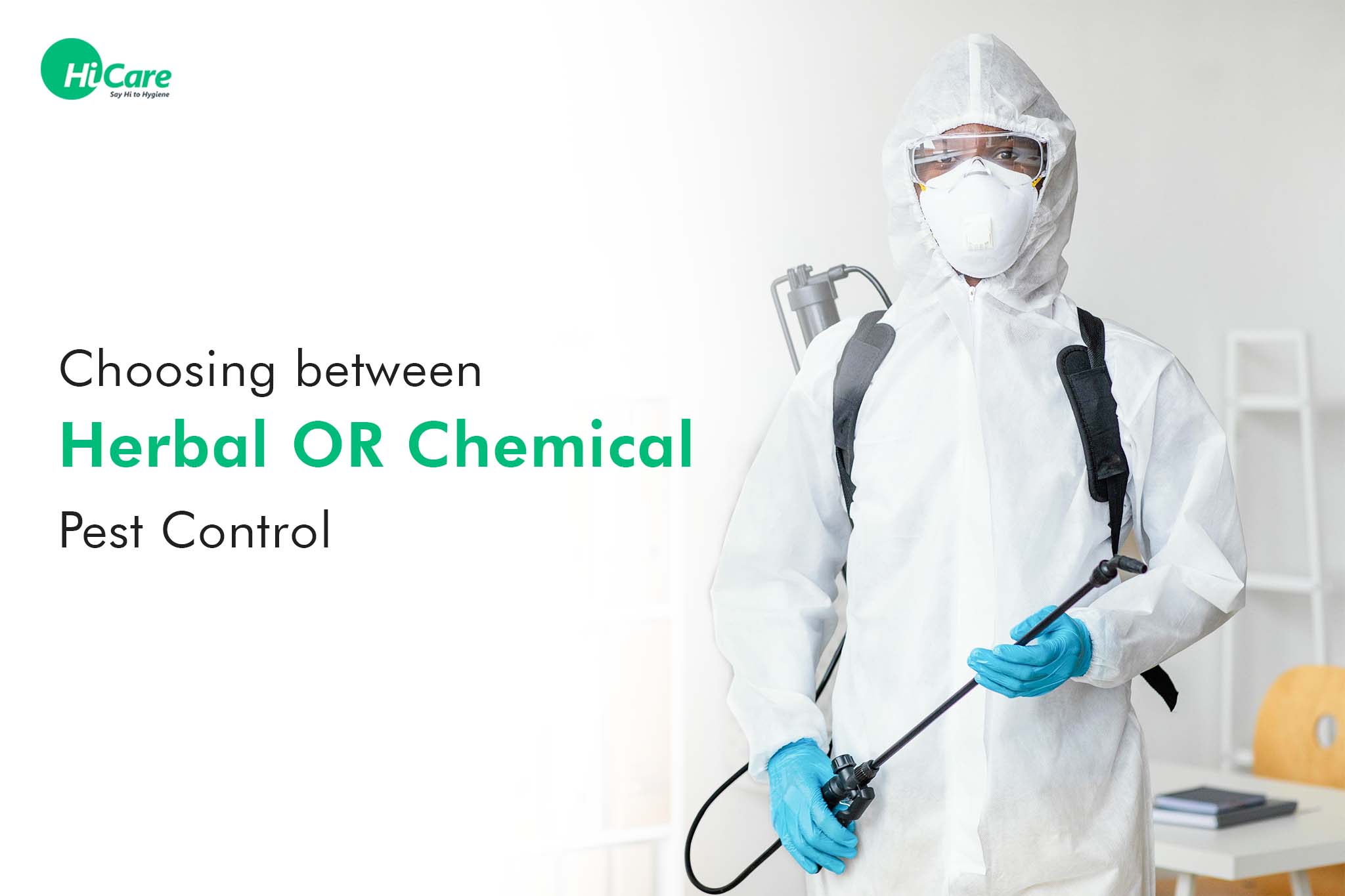Effective A1 Bed Bug Treatment in Charlotte - Safe and Proven Methods
Effective A1 Bed Bug Treatment in Charlotte - Safe and Proven Methods
Blog Article
Bed Pest Treatment Breakdown: Contrasting Chemical Vs. Non-Chemical Solutions
In the world of parasite control, especially when managing the relentless issue of bed insects, the selection in between chemical and non-chemical therapy options can be an essential one. Both methods use distinct advantages and disadvantages, influencing elements such as efficiency, security factors to consider, and overall expense. By examining the nuanced information of each technique, a clearer understanding of which path to go after in addressing a bed pest invasion can be achieved.
Efficiency of Chemical Treatments
Chemical therapies for bed insect infestations have actually been commonly acknowledged for their potent and rapid efficacy in getting rid of these pests. When thinking about the performance of chemical therapies, it is important to understand that they can offer a fast and complete service to a bed bug problem.
In addition, chemical treatments have the benefit of supplying residual results, implying that they can remain to eliminate bed pests even after the first application. This recurring activity is particularly helpful in combating any kind of prospective re-infestations. Additionally, the fast action of chemical treatments can bring alleviation to individuals encountering extreme bed insect infestations, permitting them to gain back control of their home promptly.
Safety And Security Worry About Chemical Solutions
One important element that calls for careful factor to consider when making use of chemical services for bed pest treatment is making sure the safety and security of residents and the environment. Direct exposure to certain chemicals utilized in bed insect treatments can lead to respiratory issues, skin irritability, or other negative responses, specifically in people with pre-existing conditions or level of sensitivities.
Furthermore, the ecological impact of chemical solutions is one more significant factor to consider. Some pesticides used in bed bug therapies may be harmful to beneficial bugs, wildlife, and communities if they leach into the dirt or water systems. It is necessary to utilize chemical treatments judiciously, adhering to safety and security standards, and considering much less toxic choices to alleviate these threats and guarantee the efficient and risk-free administration of bed bug infestations.
Benefits of Non-Chemical Methods
Taking into consideration the potential safety worries and environmental effect connected with chemical options for bed insect therapy, discovering non-chemical methods offers an encouraging choice with several distinct benefits. Non-chemical techniques use a more secure alternative for houses, specifically those with pets, people, or youngsters conscious extreme chemicals. These techniques remove the dangers of exposure to harmful materials, reducing the potential for negative health effects. In addition, non-chemical treatments are environmentally pleasant, as they do not add to air or water air pollution, making them a lasting option for bug control.
Furthermore, non-chemical solutions can be reliable in targeting bed insects, including hard-to-reach areas where chemical therapies may not penetrate. Approaches such as heat treatment, vacuuming, vapor cleansing, and bed mattress coverings give comprehensive obliteration without making use of damaging chemicals. Furthermore, non-chemical strategies can be less turbulent, requiring very little prep work and enabling for quicker reentry into dealt with locations. In general, choosing non-chemical bed bug treatment methods not only prioritizes security and ecological protection however additionally guarantees detailed and effective bug control.
Limitations of Non-Chemical Treatments

Additionally, non-chemical treatments commonly require multiple applications to accomplish effective elimination. This can be lengthy and might not always ensure full elimination of all bed insects and their eggs, see particularly in hard-to-reach or surprise areas.
Additionally, the success of non-chemical treatments greatly counts on correct implementation and thoroughness, which can be challenging for people without professional knowledge. Insufficient application of non-chemical techniques might cause insufficient removal, causing relentless problems and the requirement for additional treatments.
For that reason, while non-chemical therapies have their benefits, it is important to acknowledge these limitations and consider them when figuring out one of the most reliable approach for handling bed pest infestations.
Cost Contrast: Chemical Vs. Non-Chemical Options
Offered the restrictions associated with non-chemical therapies, a vital facet to assess in the context of bed insect management is the expense comparison between chemical and non-chemical options. In comparison, non-chemical therapies like warm treatment or steam can be more expensive, with costs varying from $1,000 to $6,000 for an entire home. While the first price of chemical treatments might appear lower, several treatments might be required to totally eradicate the infestation, possibly raising the total expense.
Verdict

Taking into consideration the prospective safety worries and ecological influence linked with chemical services for bed pest therapy, checking out non-chemical strategies presents an appealing choice with numerous unique advantages.Given the limitations connected with non-chemical therapies, a vital facet to evaluate in the context of bed insect administration is the expense comparison in between chemical and non-chemical alternatives. In contrast, non-chemical treatments like heat therapy or steam can be more costly, with prices varying from $1,000 to $6,000 for an entire home. While the preliminary cost of chemical therapies may appear reduced, several therapies might be called for to fully remove the invasion, potentially boosting the overall cost.In conclusion, when contrasting chemical and official source non-chemical bed bug treatment choices, it is important to take into consideration performance, this article security, advantages, constraints, and price.
Report this page